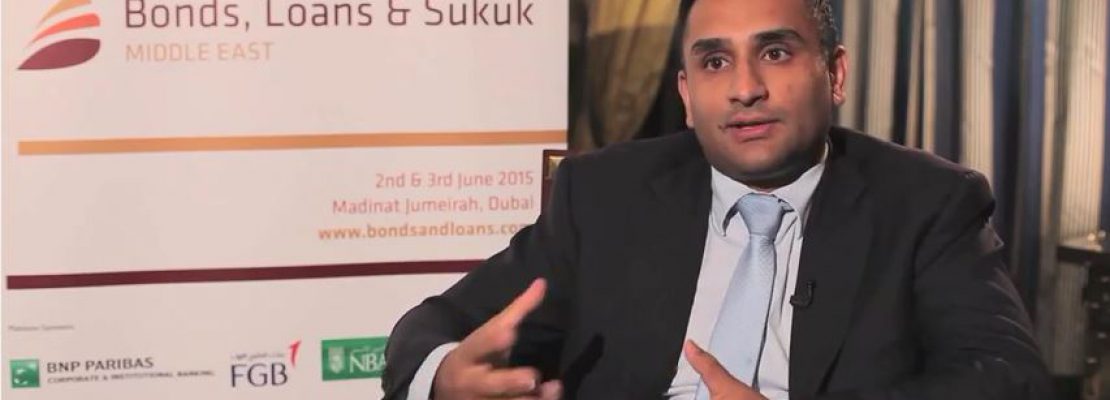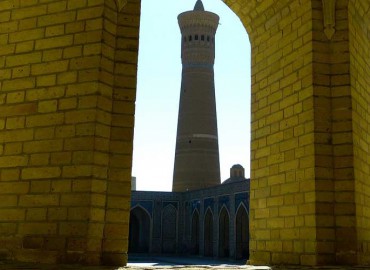
On the side-lines of the recent Bonds, Loans and Sukuk conference in Dubai, Harj Rai, of Latham & Watkins shared his views on the drivers behind the globalization of sukuk market and its growth in the Middle East.
Sukuk Trends and Demand
Article Overview
Mr Rai stated Sukuk trends over the past 5 years were driven by the credit crisis of 2008 as Middle East corporates sought alternatives from US capital markets and different sources of funding. Large infrastructure projects such as the Qatar World and Dubai Expo 2020 have created continued demand for funding as has regulatory requirements, in the form of Basel III that has placed Tier 1 and Tier 2 capital requirements for banks who in some cases have chosen to issue sukuk to meet capital ratio requirements.
Pricing and Documentation have Improved
A larger investor base has led to conventional investors entering the Sukuk market for funding who have been able to benefit from better pricing versus conventional in for example Saudi Arabia where sukuk are priced cheaper over conventional as local treasuries prefer Islamic products.
Additionally standardisation in documentation has led to increased certainty of cost and timing for corporates looking to issue sukuk as contrasted over 10 years ago, when approvals and costs were more unknown.
Latham and Watkins Sukuk Expertise
Latham and Watkins are a law firm and have advised on a number of Middle East sukuk, and most recently advised Noor Bank for their 5-year issuance of a $500 million sukuk using the wakala structure. The law firm recently released a Sukuk Handbook within which common sukuk and Islamic finance structures are illustrated with real world case studies.







